Greta Mundt
University of Minnesota
Master of Landscape Architecture


Zine Storytelling Project East River Flats Restoration Plan Prairie Establishment and Buckthorn Removal

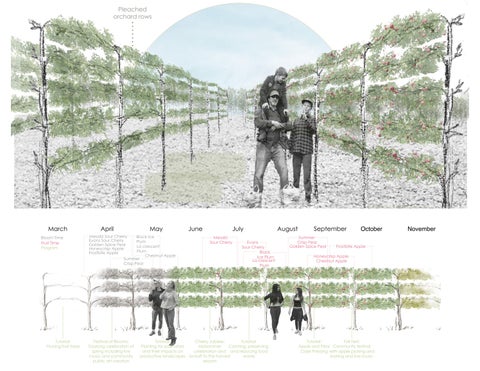


Zine Storytelling Project East River Flats Restoration Plan Prairie Establishment and Buckthorn Removal

In Collaboration with Chris Leberecht and Jenny Preuss
The intent of this project is to increase resilience of Charlestown’s northeast end through a managed retreat approach on the land most vulnerable to sea level rise. The managed retreat effort will create a restored salt marsh park on the Autoport using methods inspired by Boston’s ecological and geologic past. Housing and co-industrial redevelopment will be sited on more resilient ground and protected from or adapted to future flooding events. In the process, gathering and recreational spaces will be created for the public, reconnecting the Charlestown neighborhood to the waterfront and coastal ecology it has long been without.
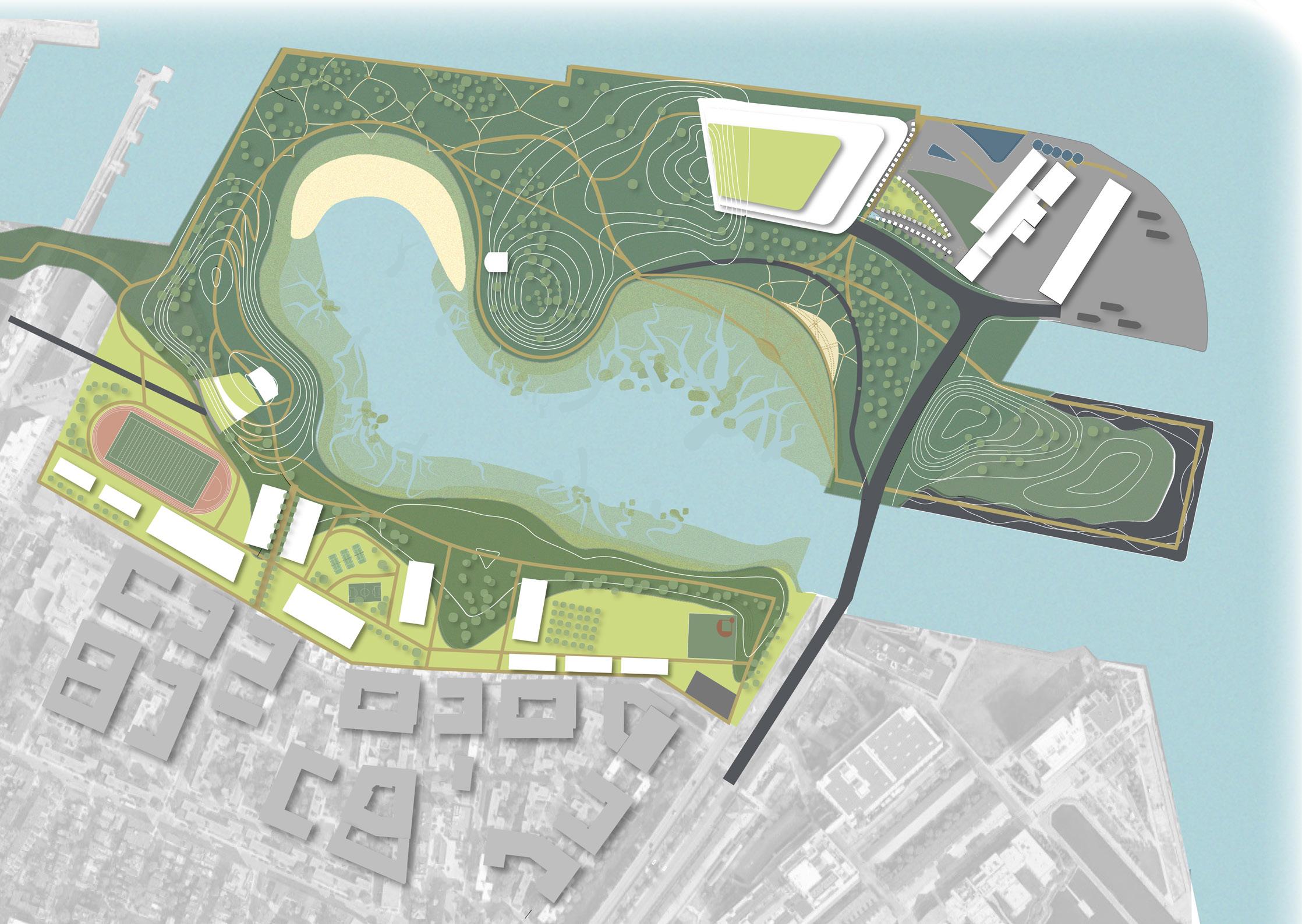
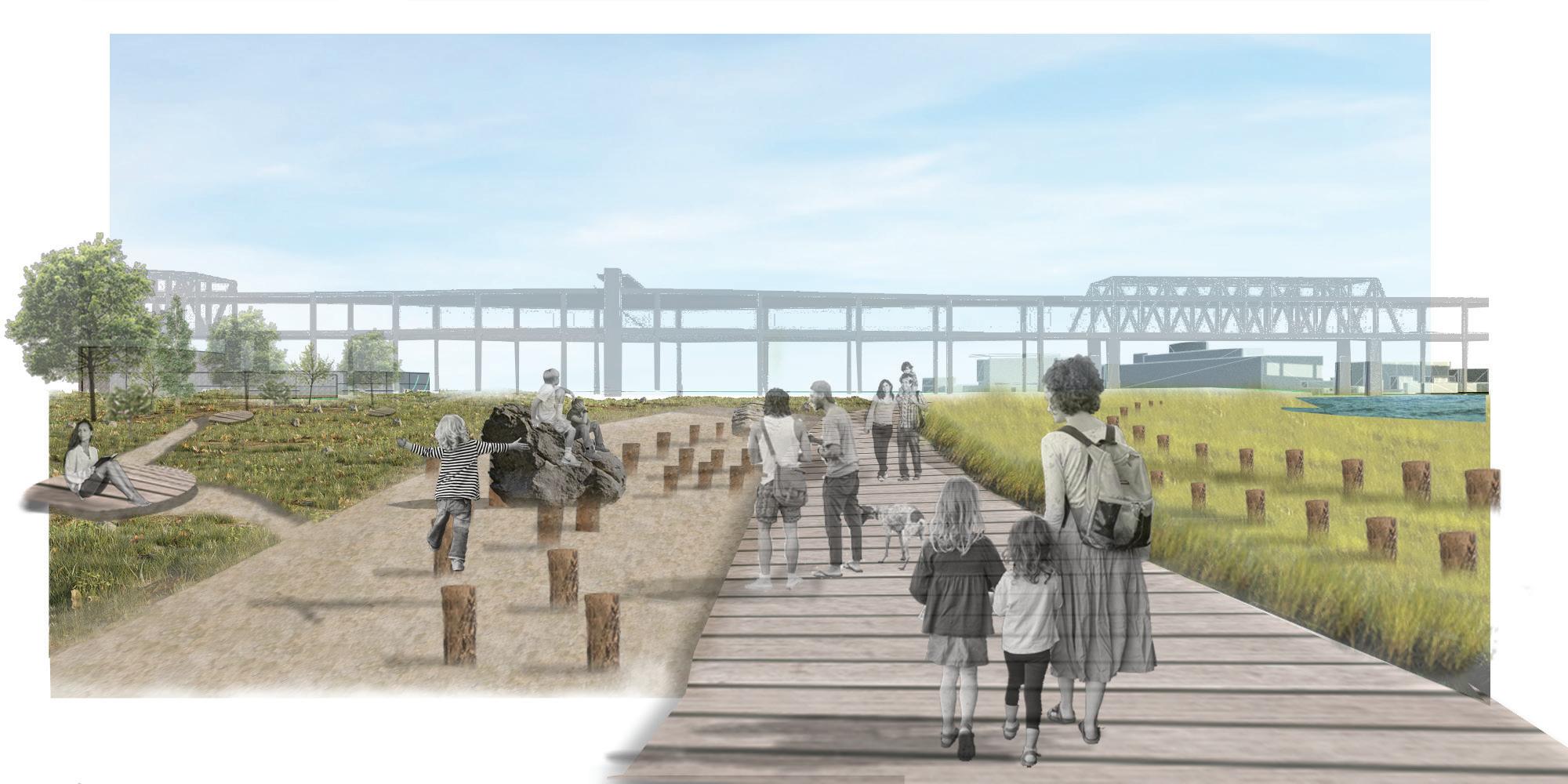
3.
4. Boat builders
5. Beach
6. Salt Marsh Restoration
7.
8. Critical Habitat: Tidal Terraces
9. Education Center
10. Community Recreation Spaces
11. Mixed Income Housing
12. Protective Habitat Berm
13. BHA Proposed Housing
Cowpath network Play features inspired by pier supports. Height set at 2070 sea level rise high tide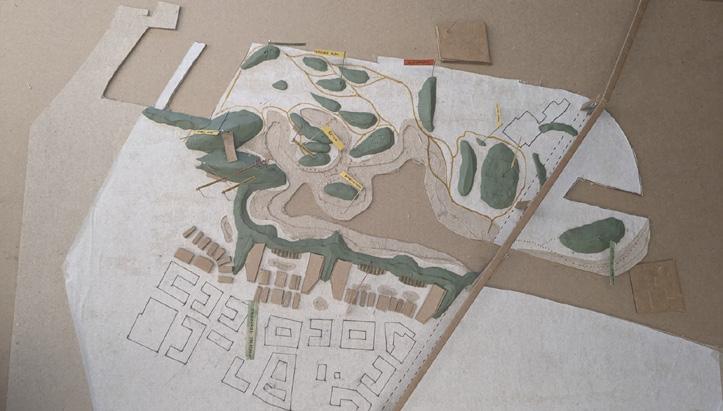
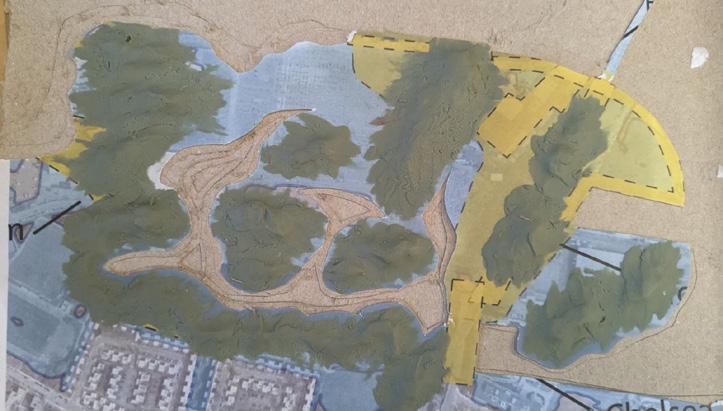
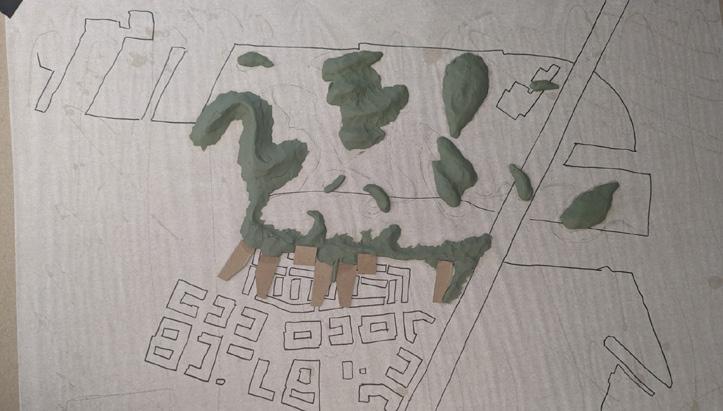
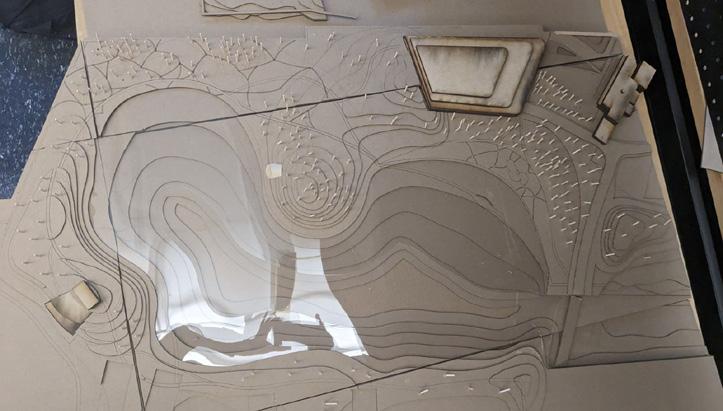
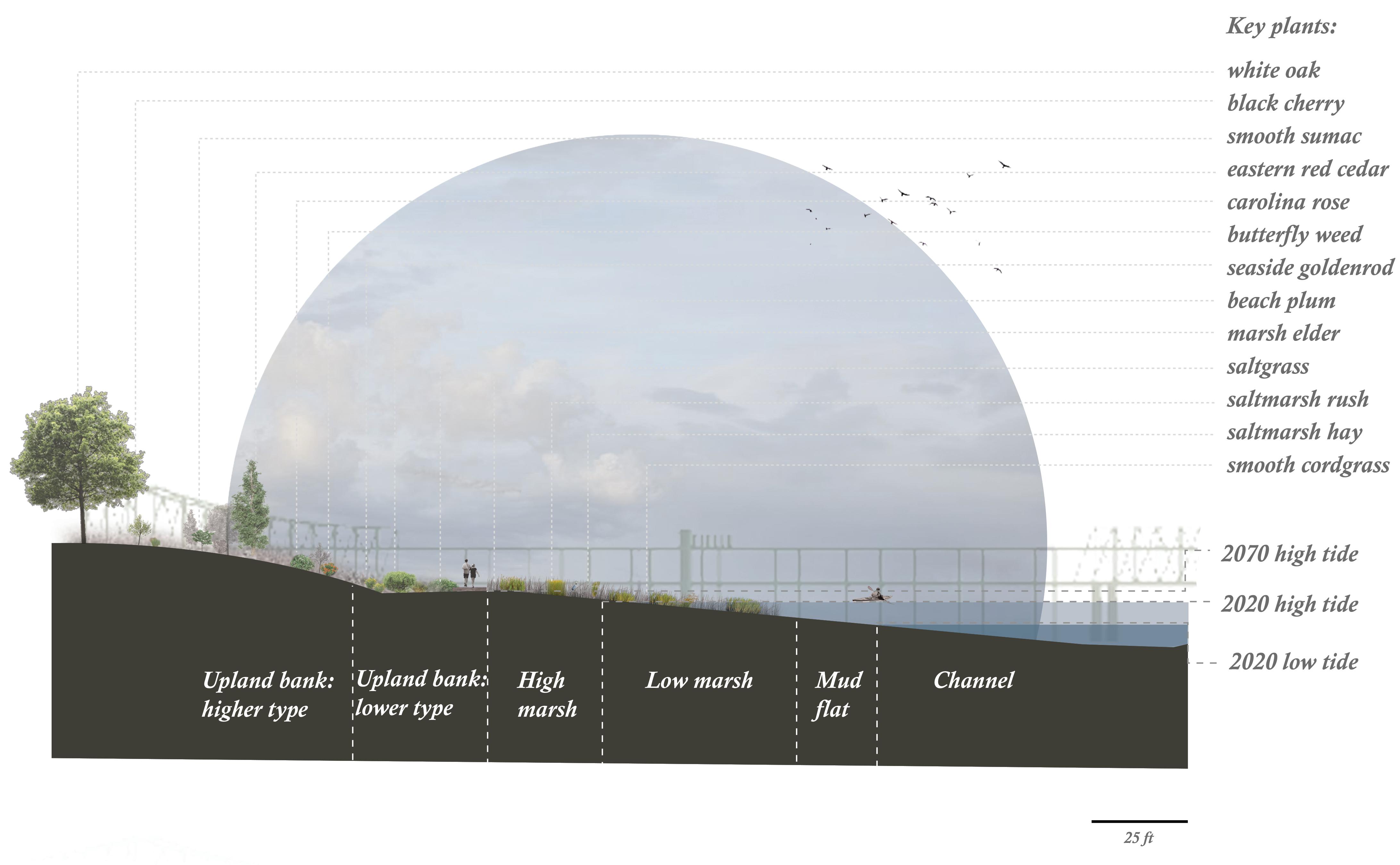
This project addressed the changing programmatic needs of Brackett Park and the lack of variation within the parks in the surrounding neighborhood. By dramatically reforesting the north side of the park, and creating a pleached orchard, an aspen grove and clearing, the character of the park becomes distinctly unique.
Program in the space is dependent on seasonality within the orchard, and structured gatherings are built around the growing schedule of the different trees.
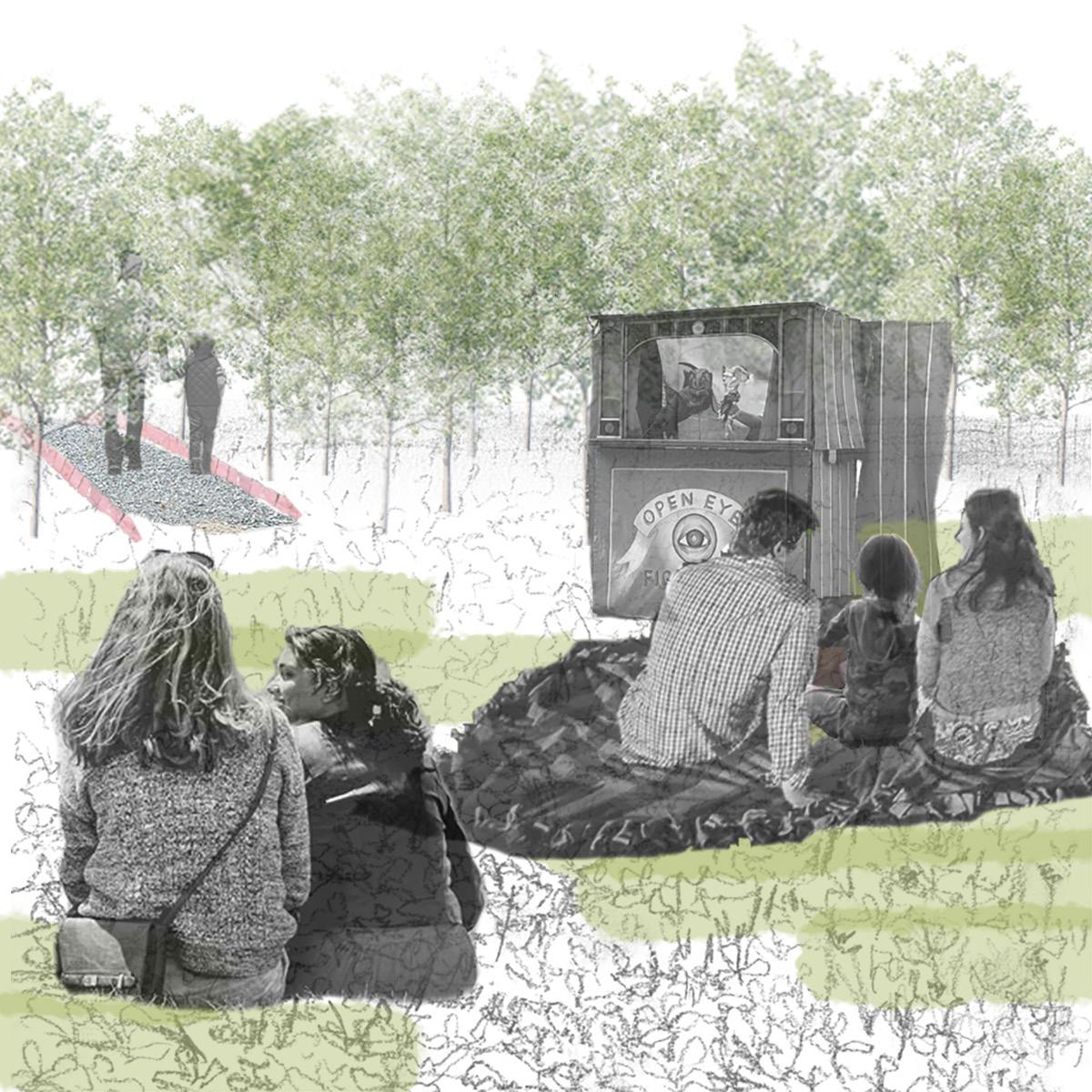
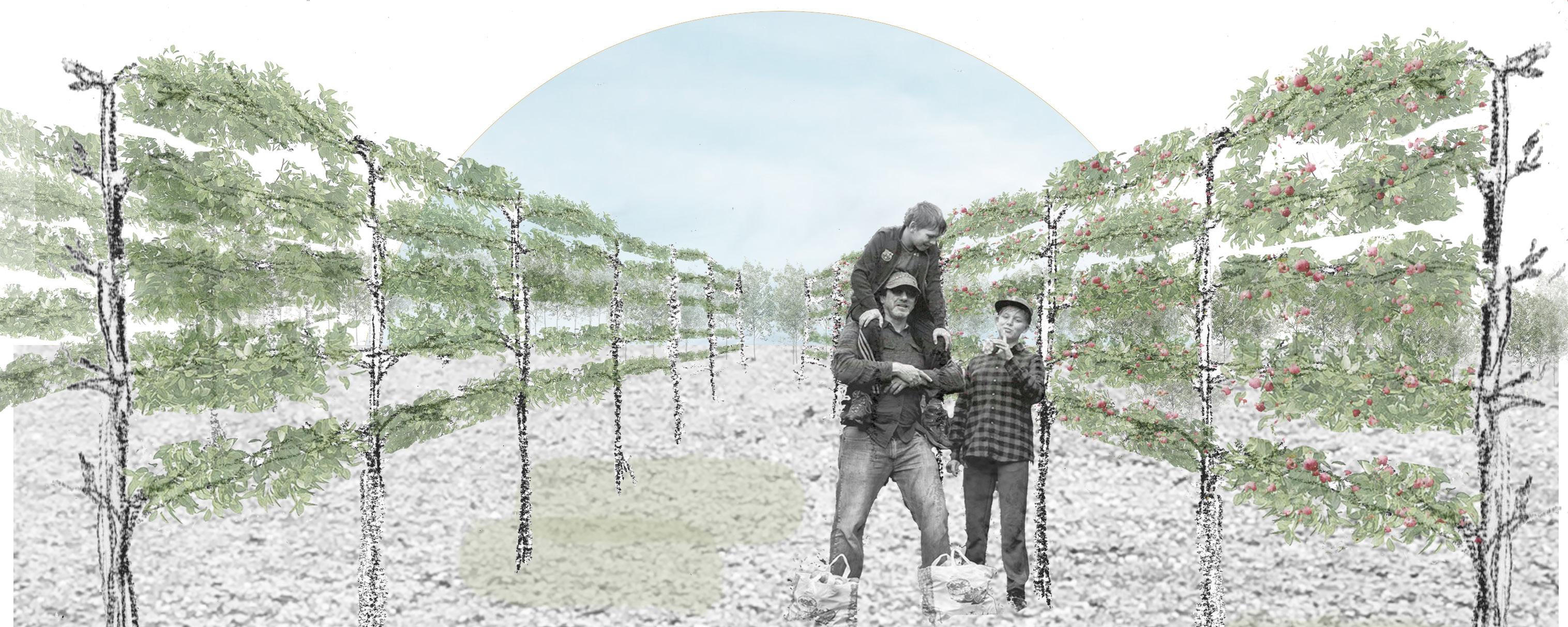
March April May June
Bloom Time
Mesabi Sour Cherry
July
August
September October November
Program
Tutorial: Pruning fruit trees
Mesabi Sour Cherry
Evans Sour Cherry Evans Sour Cherry
Fruit Time Golden Spice Pear Golden Spice Pear
Honeycrisp Apple
Frostbite Apple
Summer Crisp Pear Black Ice Plum Black Ice Plum
La crescent Plum
Chestnut Apple
Summer Crisp Pear
La crescent Plum
Frostbite Apple
Honeycrisp Apple
Chestnut Apple
Festival of Blooms: Daylong celebration of spring including live music and community public art creation
Tutorial: Planting for pollinators and their impacts on productive landscapes
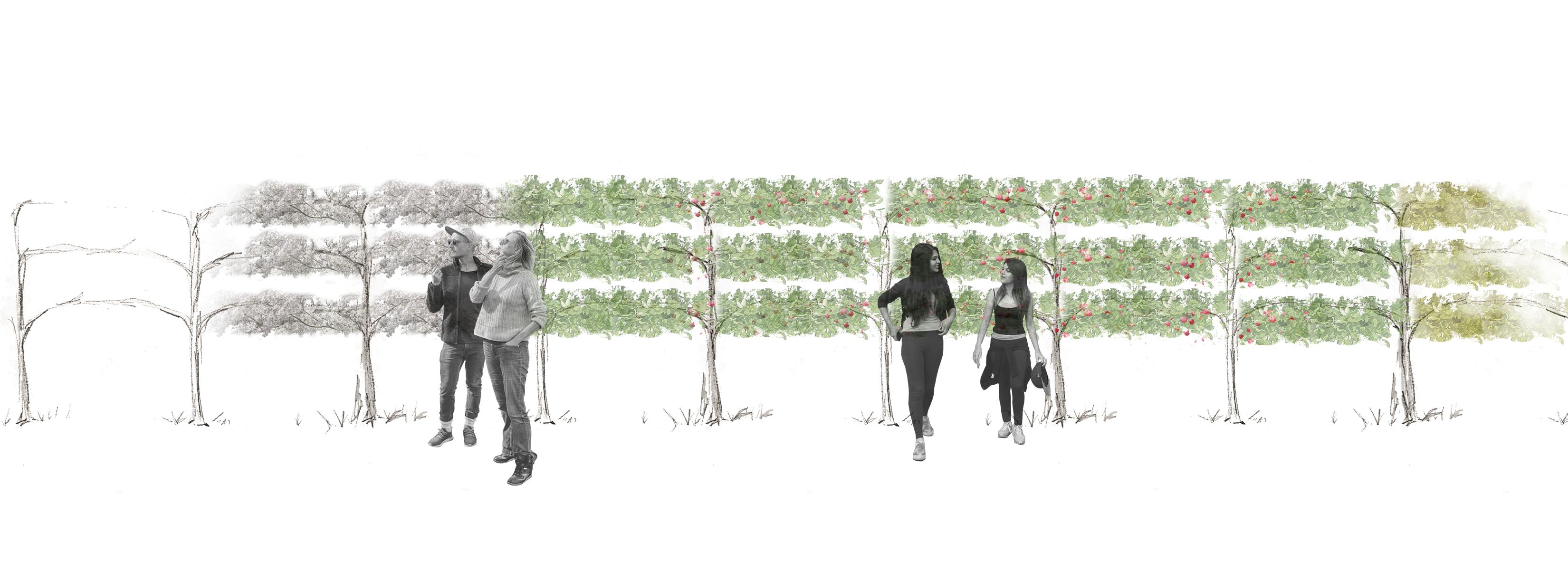
Cherry Jubilee: Midsommer celebration and kickoff to the harvest season
Tutorial: Canning, preserving, and reducing food waste
Tutorial: Apple and Pear Cider Pressing
Fall Fest: Community festival with apple picking and baking and live music
This project started with an exploration of Itasca history through archival records. In these records, I found myself fascinated with the history of food production on the field station campus, as well as the social history and significance of the place.
“That year, Becky Goldburg and her cabin-mates dubbed themselves The Wenches and made sport of abusing men ...they kept a pink lawn flamingo in front of their cabin” (Itasca at 90: a History in Memories).
Imagined Histories of Itasca uses the language of lawn flamingos--a staple of Itasca prank history--to highlight gender disparities at the field station.
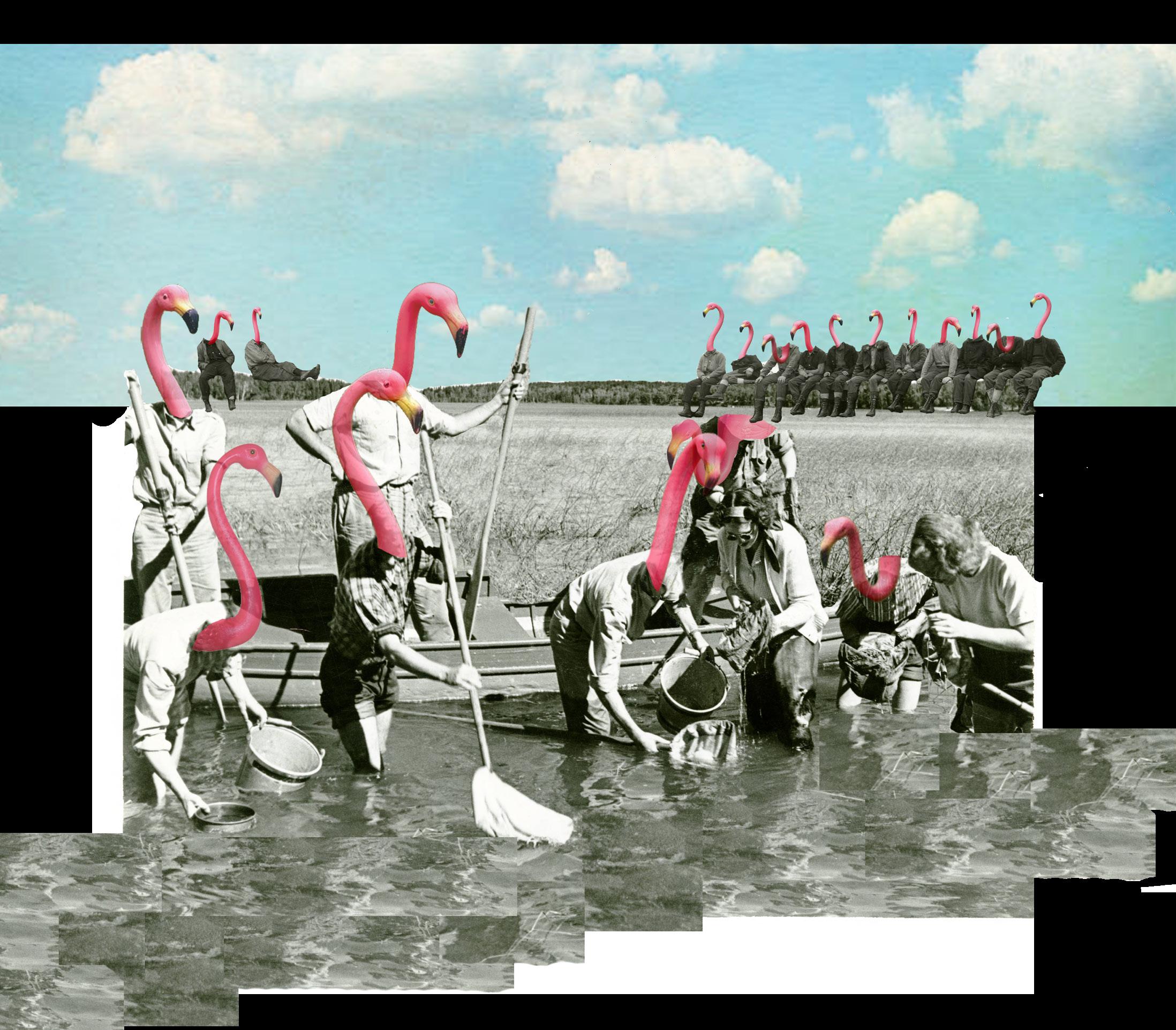
Speculative Futures builds on the significance of pranking and other not strictly academic activities at the field station throughout the years. This piece imagines an Itasca Biological Station divorced from its academic intentions.
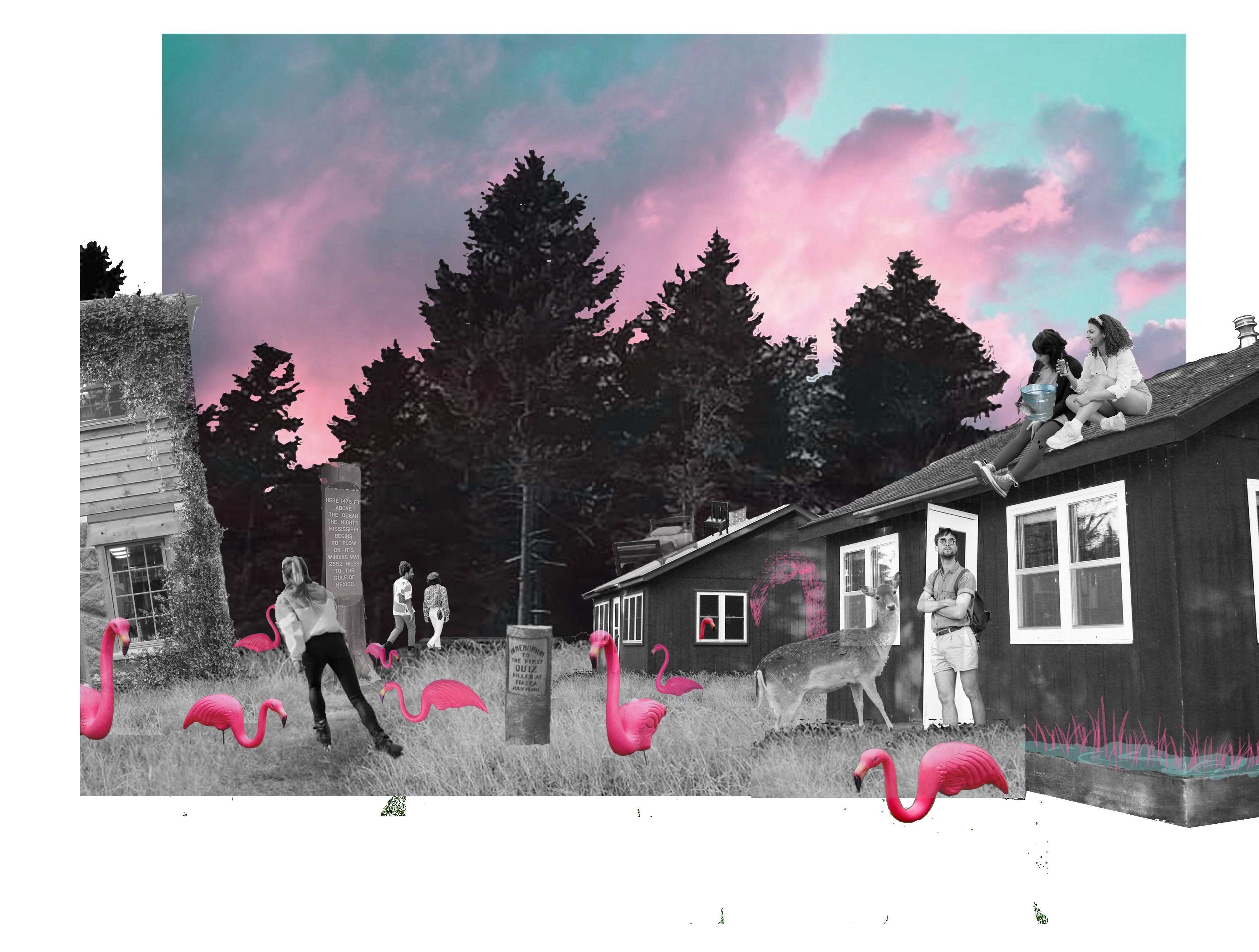
1 month after site prep burn and installation of native seed with erosion control blankets at a residential site in Deep Haven, MN.
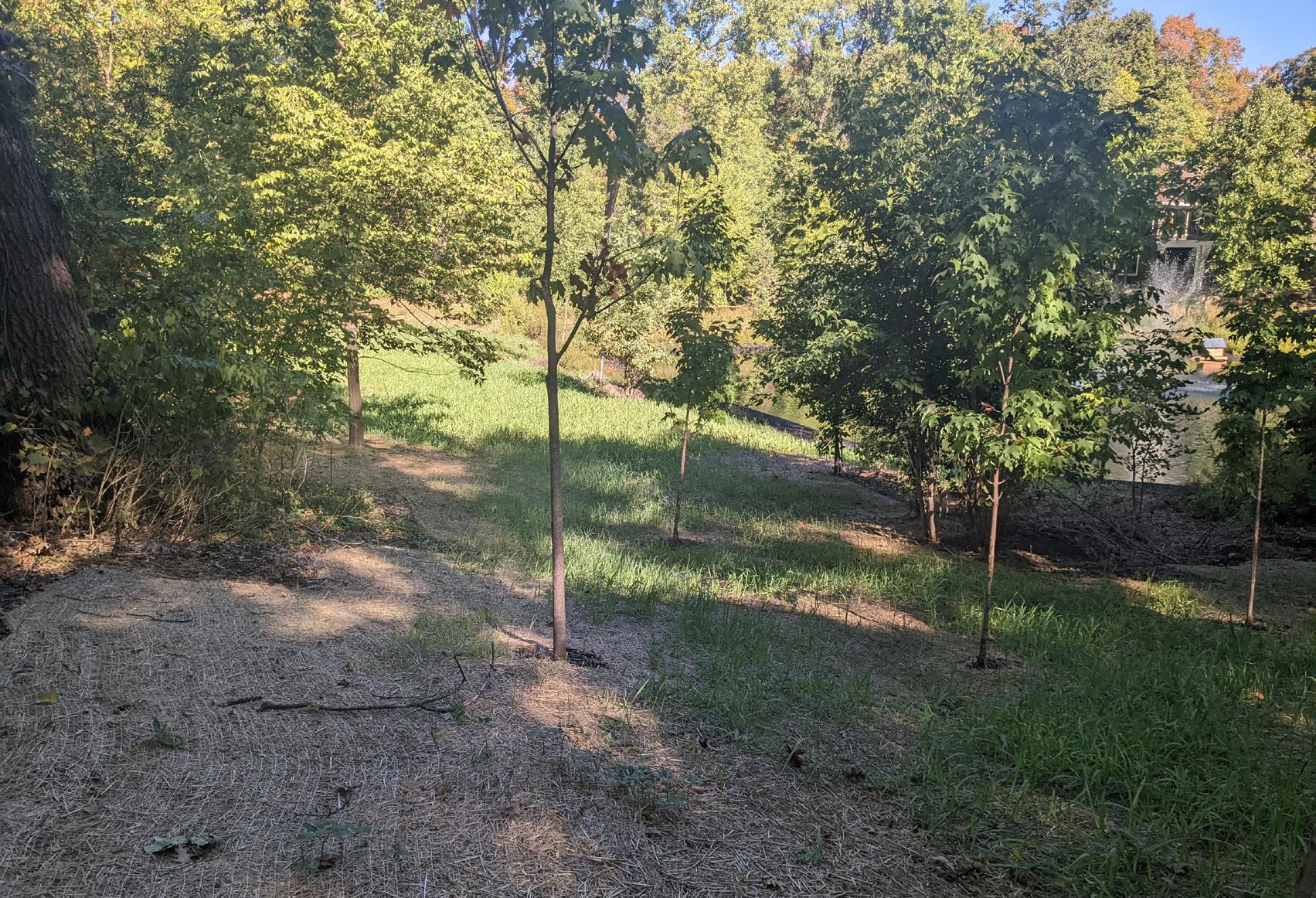
Through my time with Landbridge Ecological I installed a variety of different restoration projects, including shoreline and wetland, prairie, and woodland restoration. Scales ranged from residential to urban public space projects.
Controlled burnUpland Zone: Columbine
Maidenhair fern
Lady fern
Riparian Zone: Cardinal flower
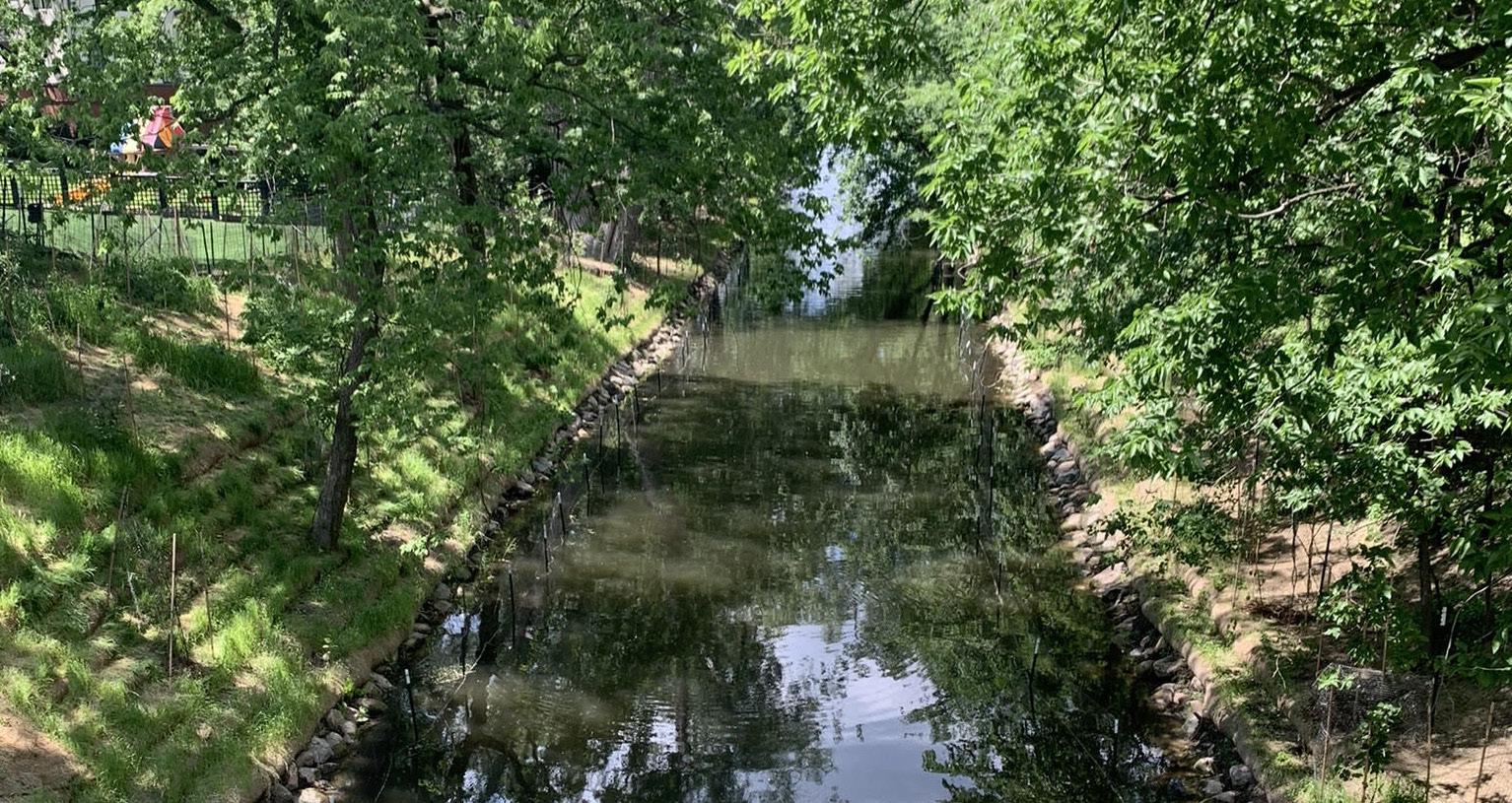
Monkey flower
Sweet flag
Marsh marigold
Emergent Zone: Water plantain Arrowhead plant Blue flag iris
Shoreline restoration at Kenilworth Channel in Minneapolis--native plugs and shrubs installed as part of a large-scale erosion control restoration project on the channel. This project combined the work of multiple entities, including the Minneapolis Park and Recreation Board, Minnesota Native Landscapes, and Landbridge Ecological.
Shown in the diagram are a portion of the plug species planted.
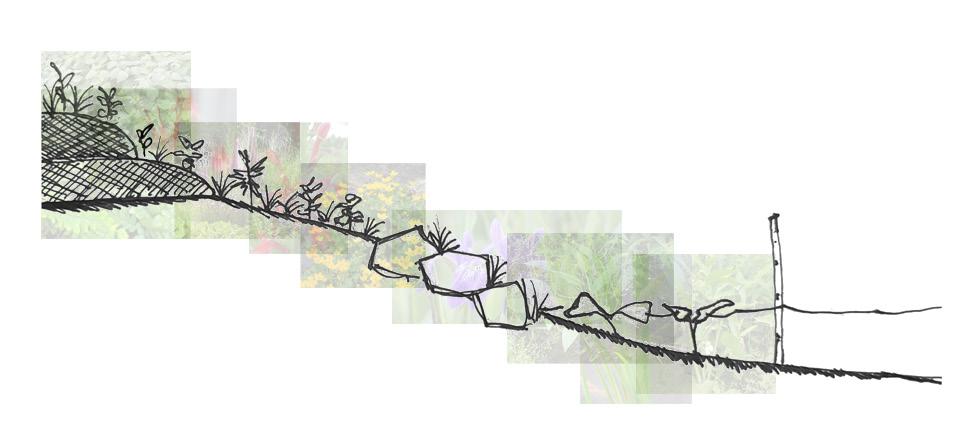 Soil lift
Erosion control blanker
Rip-rap
Protective fence
Soil lift
Erosion control blanker
Rip-rap
Protective fence
Planting design for this garden focused on two themes--bio-materials and solastalgia, or climate grief. Plants were chosen for how they combine material uses with sensory experiences, to connect users back to the earth and the space they are in.
Nolte Plaza and Rapson Fishbowl
These drawings were made for classes in the Tech sequence using AutoCAD. To the left is a layout plan for one of the Rapson Hall courtyards and to the right is a zoom-in enlargement for a planting plan at Nolte Plaza on the University of Minnesota campus.
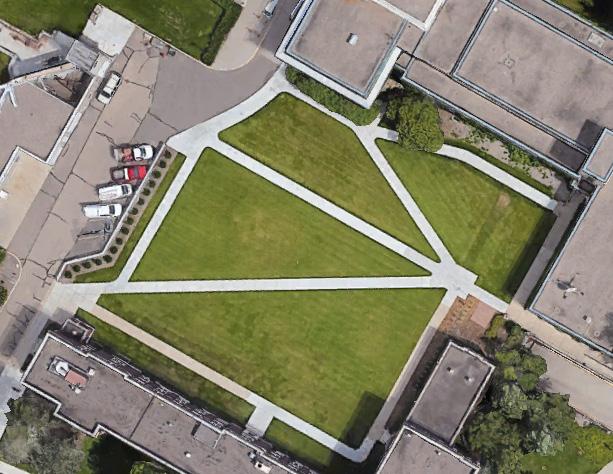
SS: Little bluestem, Schizachyrium scoparium
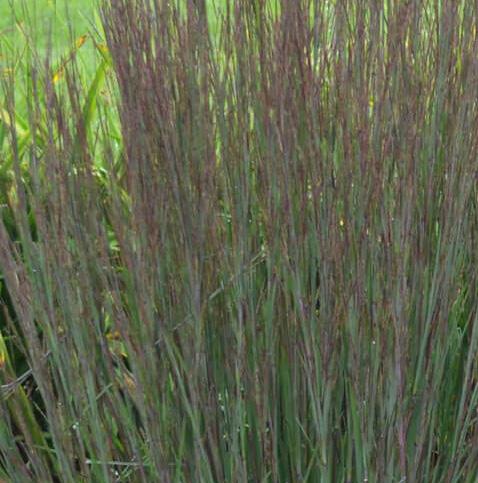
Size: 2-3 ft height
Conditions: Moist to dry soils, full to part sun
Attributes: Blue-green color in summer, maroon in winter.
AM: Yarrow, Achilea millefolium
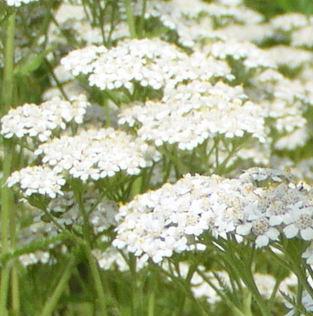
Size: up to 3 ft height
Conditions: Mesic to dry, full sun
Attributes: White umbral flowers in late summer
AF: Fragrant giant hyssop, Agastache foeniculum
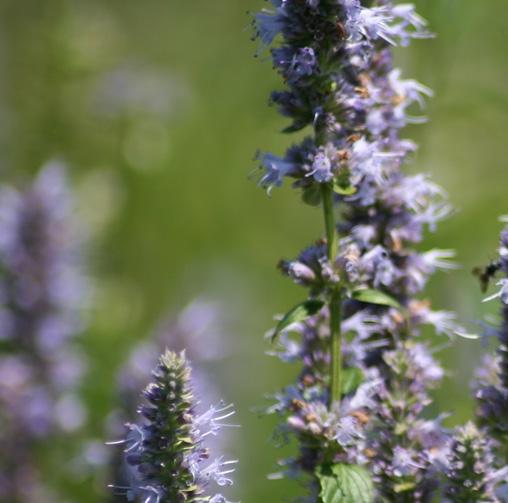
Size: 2-4 ft height
Conditions: Dry to mesic soils, full or partial sun
Attributes: Purple flower clusters in the summer, fragrant scent
SE: Heath aster, Symphyotrichum ericoides
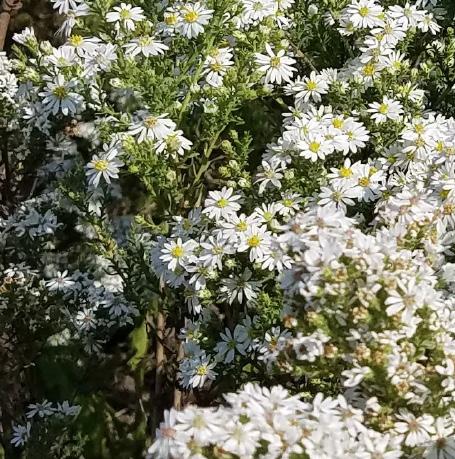
Size: 2-3 ft height
Conditions: Mesic to dry soils, full to part sun
Attributes: Small white flowers in fall, good pollinator plant
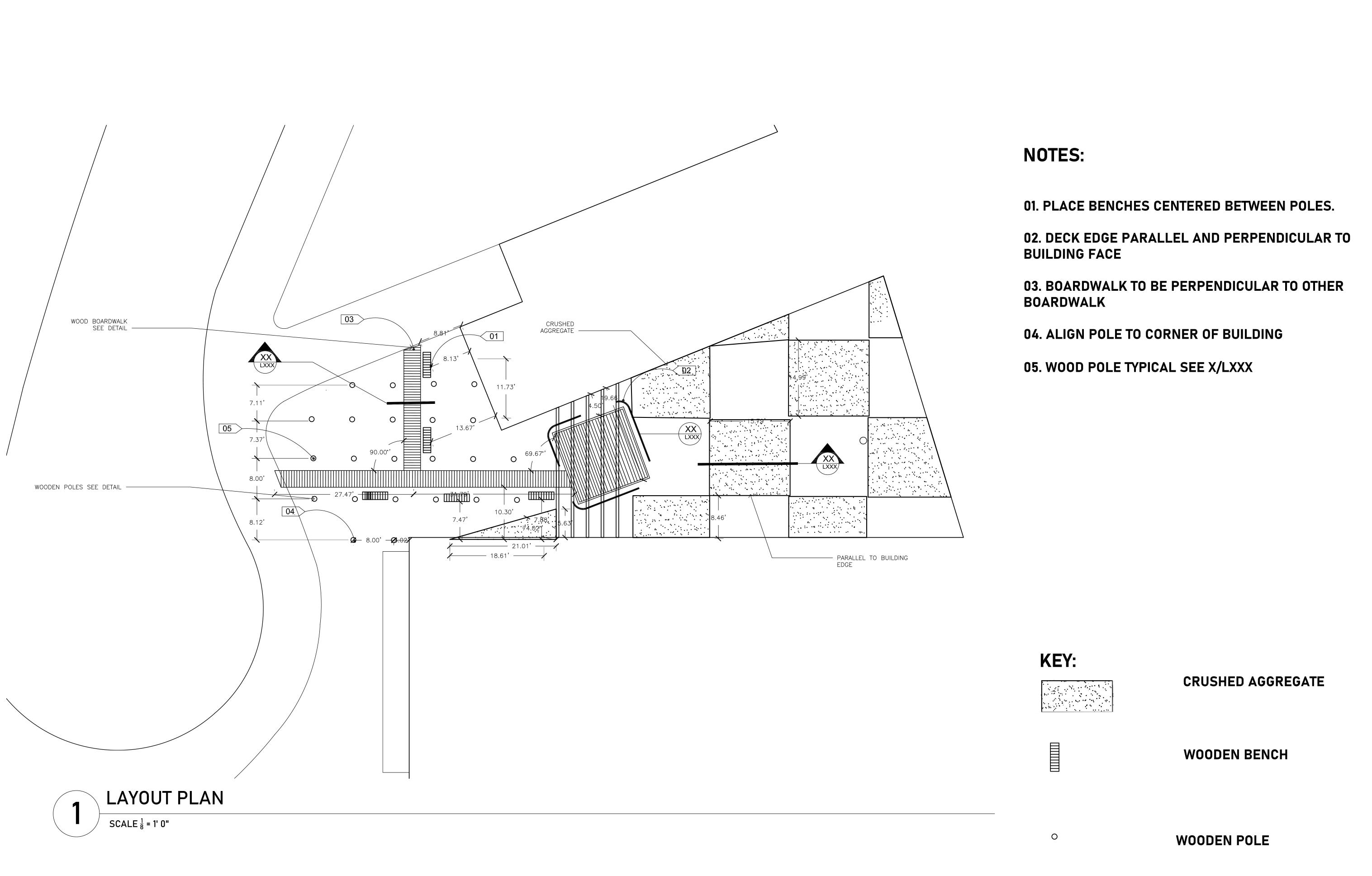
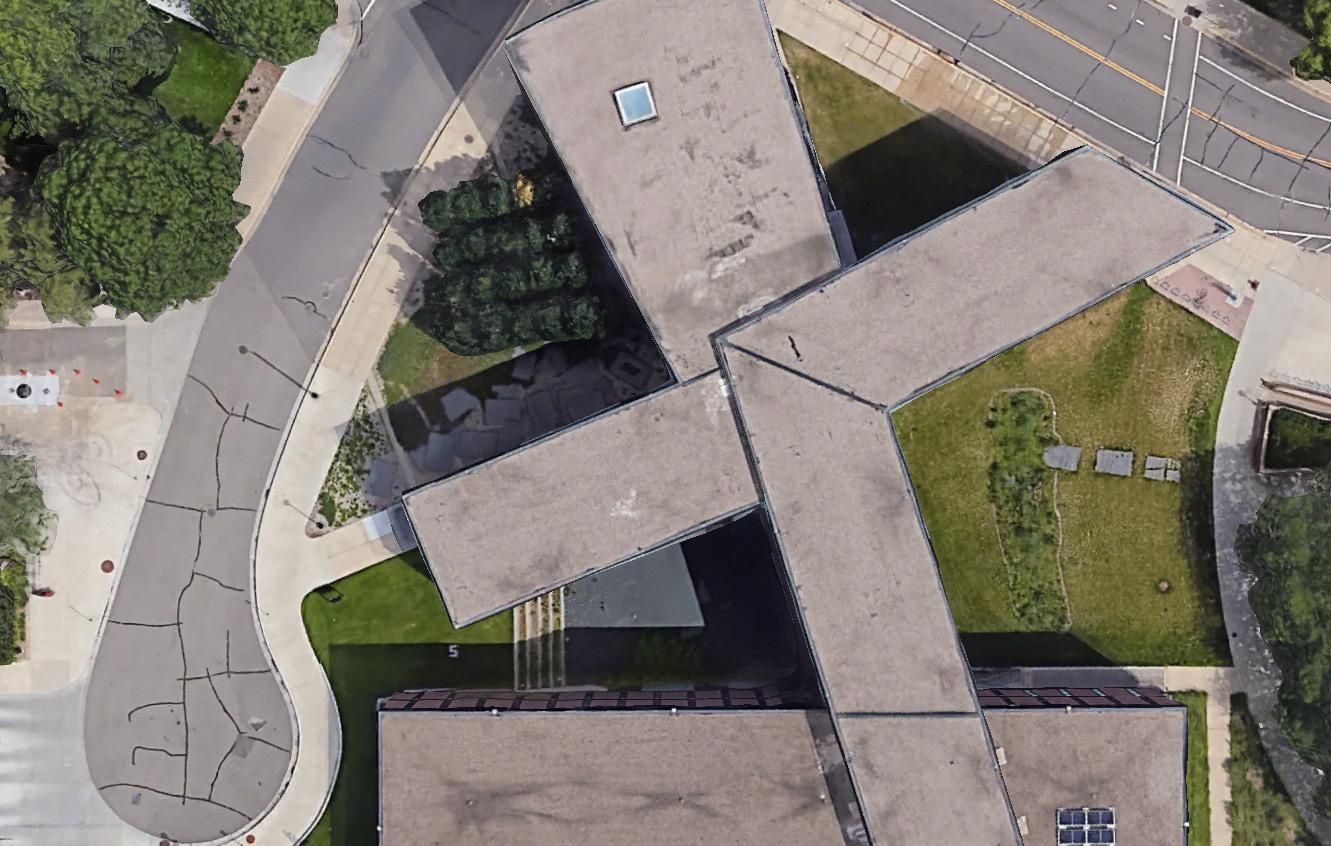
In researching parks with similar design and association with queer community and crusing to Loring Park, I encount ered both The Ramble, in New York's Central Park (top photo), and Hyde Park in London (bottom photo).
The Ramble and Hyde Park both have histories of being cruising spots for gay men, both in the same era as Loring Park, and much earlier in the case of Hyde Park since its creation dates back to the 16th century.
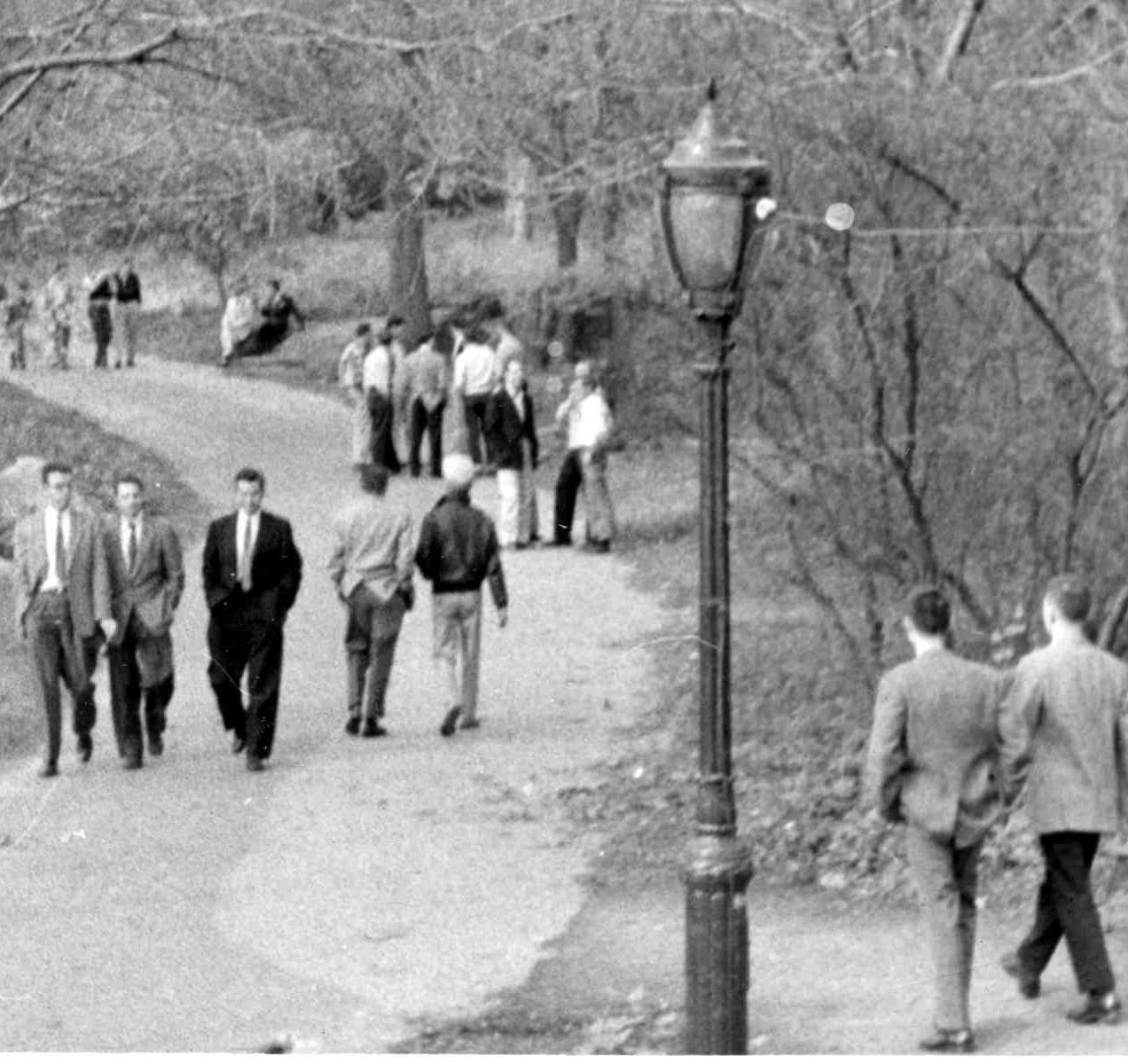
Each of these parks also have significant ties to Pride March's and Celebrations. London Pride in Hyde Park began in 1972 and early New York Pride Marches either began or ended in Central Park in the early 1970's.
All three of these parks have traditionalist designs, with Loring and The Ramble both having Olmstead or Olmstead-like designs and Hyde Park having a classic rectilinear structure. Other design components that are similar between the parks are proximity to water features like ponds and lakes, and central locations within their respective cities.
Despite queerness being, in part, a rejection and subversion of formal and traditionalist values, queer communities found a place in each of these parks.
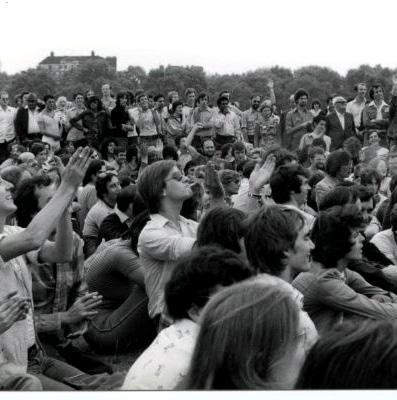
I created A Queer History of Loring Park for our final project in Landscape Architecture History, which tasked the class with choosing a local site and examining the design and cultural significance of the place.
Loring Park has a long history of connection to queer communities, ranging from a history of queer businesses in the neighborhood, to cruising, to homophobic violence. Loring Park’s queer history is often forgotten. We know that Pride is there, but we don’t necessarily know why. In this zine I compiled primary resources of photographs and oral histories to highlight queer stories of place. Shown here are two spreads from the zine.
The Ramble Hyde ParkEarly queer public life in Minneapolis had been concentrated in the Gateway District in downtown. Following the Urban Renewal movement of the late 1950's and the subsequent shuttering of the Gateway District, queer public life and queer people scattered to different neighborhoods of the Twin Cities, including the Grand Avenue area of Saint Paul, and Powderhorn and Loring Park in Minneapolis.
Queer life became prominent in the Loring Park neighborhood in the 1960's and peaked in the 1980's and 90's. Dennis E. Miller, a former resident of Loring Park, discusses the factors that influenced the queerness of the neighborhood in an oral history with the University of Minnesota, citing the low rents of the neighborhood, proximity to downtown, and closeness to Loring Park as driving factors of the significant queer population of the area.
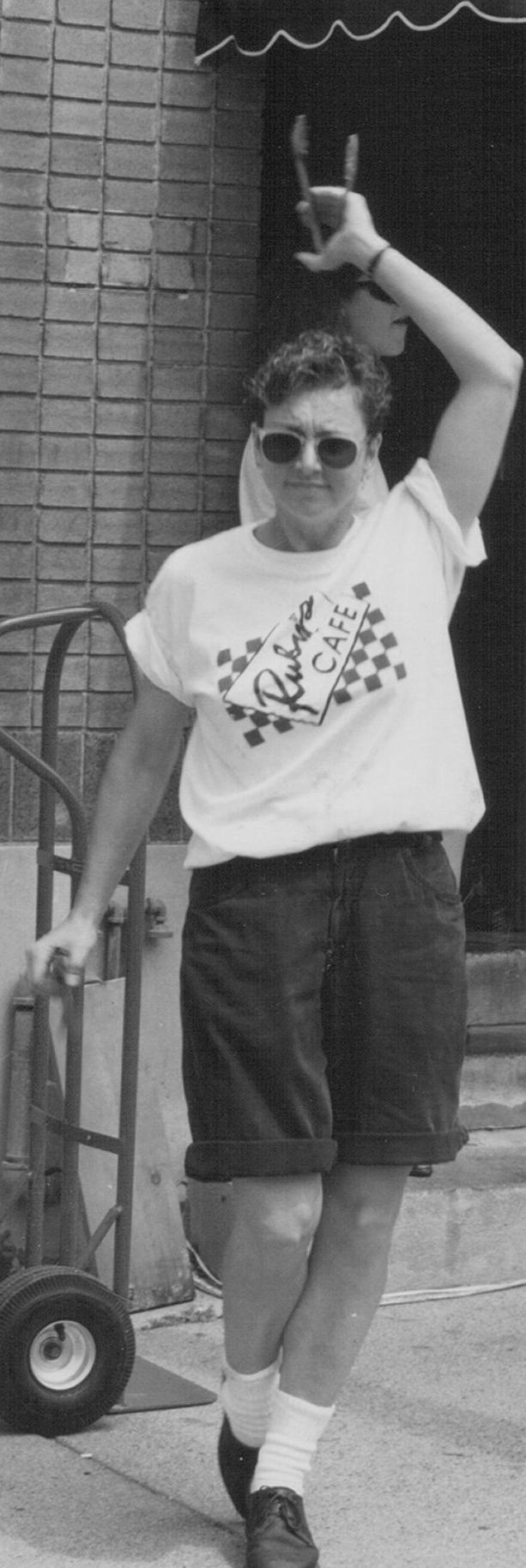
The Loring Park neighborhood became a hub of queer business and community space around this time. Businesses like Amazon Bookstore Cooperative, The 19 Bar, Ruby's Cafe, and others. Of these businesses, many have closed since the peak of the queer population of the area.
Loring Park became a gathering space for members of the queer community, and in particular gay men, during the height of the Loring Park gayborhood. Loring Park became a popular space for cruising, particularly since the layout of the park made car cruising possible--a necessity in Minnesota winters.
Because of the known connection to queer community, Loring Park also became a dangerous place for queer people during the rise of "Gay Bashings" in Minneapolis. It became a space both associated with queer community and queer trauma, and queer communities responded to the tensions and dangers of the space. Attempts to criminalize cruising during the era also threatened the safety of queer users of the park.
Jean Tretter speaks of the danger of the park, saying: " There were gay gangs that came together to patrol the parks to keep gays from getting beat up. They had names like Pink Panthers, and the Third World Gays. I guess that was a '70s type of name. The Third World Gays ended up disbanding after they beat up a couple cops that were trying to beat up gay people ".
RUBY'S CAFE:
"THE PLACE FOR LESBIANS TO GO ON SUNDAY TO SEE WHAT HAPPENED ON SATURDAY" --MARY BAHNEMAN,
"IT SEEPED INTO YOU.THERE WAS ALWAYS A LOT OF CRUISING, CARS CIRCLING, MEN HANGING OUT. AND IT WASN'T UNUSUAL TO OPEN THE PAPER TO SEE SOMEONE HAD BEEN BEAT UP OR MURDERED IN LORING PARK. THEY NEVER SAID WHAT IT WAS BUT YOU KNEW WHAT IT WAS. THAT'S WHY PRIDE HAD TO BE IN LORING PARK" --TOM HOCH
SIGNIFICANT NATIVES : Beebalm, hoary vervain, goldenrod, brown-eyed susan
SIGNIFICANT INVASIVES : Siberian elm
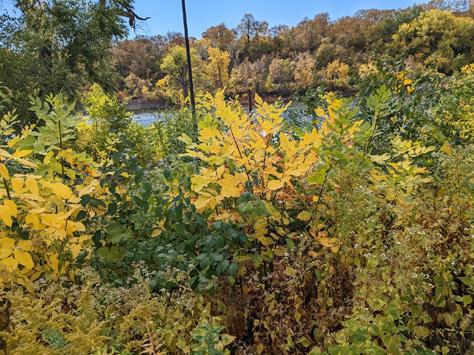
SIGNIFICANT NATIVES : None
SIGNIFICANT INVASIVES : Turf grass and weeds
SIGNIFICANT NATIVES : beebalm, hoary vervain, brown eyed susan, common milkweed, purple aster, evening primrose
SIGNIFICANT INVASIVES : Thistle, siberian elm, ragweed
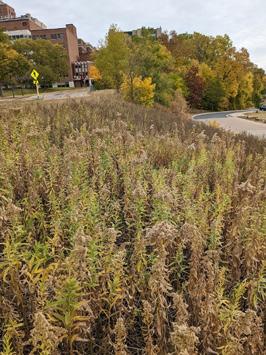
SIGNIFICANT NATIVES : cottonwood, canada goldenrod, boneset, false indigo, willow, ironweed, staghorn sumac
SIGNIFICANT INVASIVES : buckthorn, burdock
Dorset, bedrock substratum-Rock
Paved surfaces, including concrete paths, parking lot, and building surfaces
DESCRIPTION : East River Flats is a parcel of land owned by the Minneapolis Park and Recreation Board. To the north of the site is the University of Minnesota’s East Bank campus, and to the south of the site is the Mississippi River. Currently, the park has four different landscape typologies : shoreline woodland surrounding the river banks, rain garden, and upland slopes. The rest of the site is largely dominated by turfgrass.
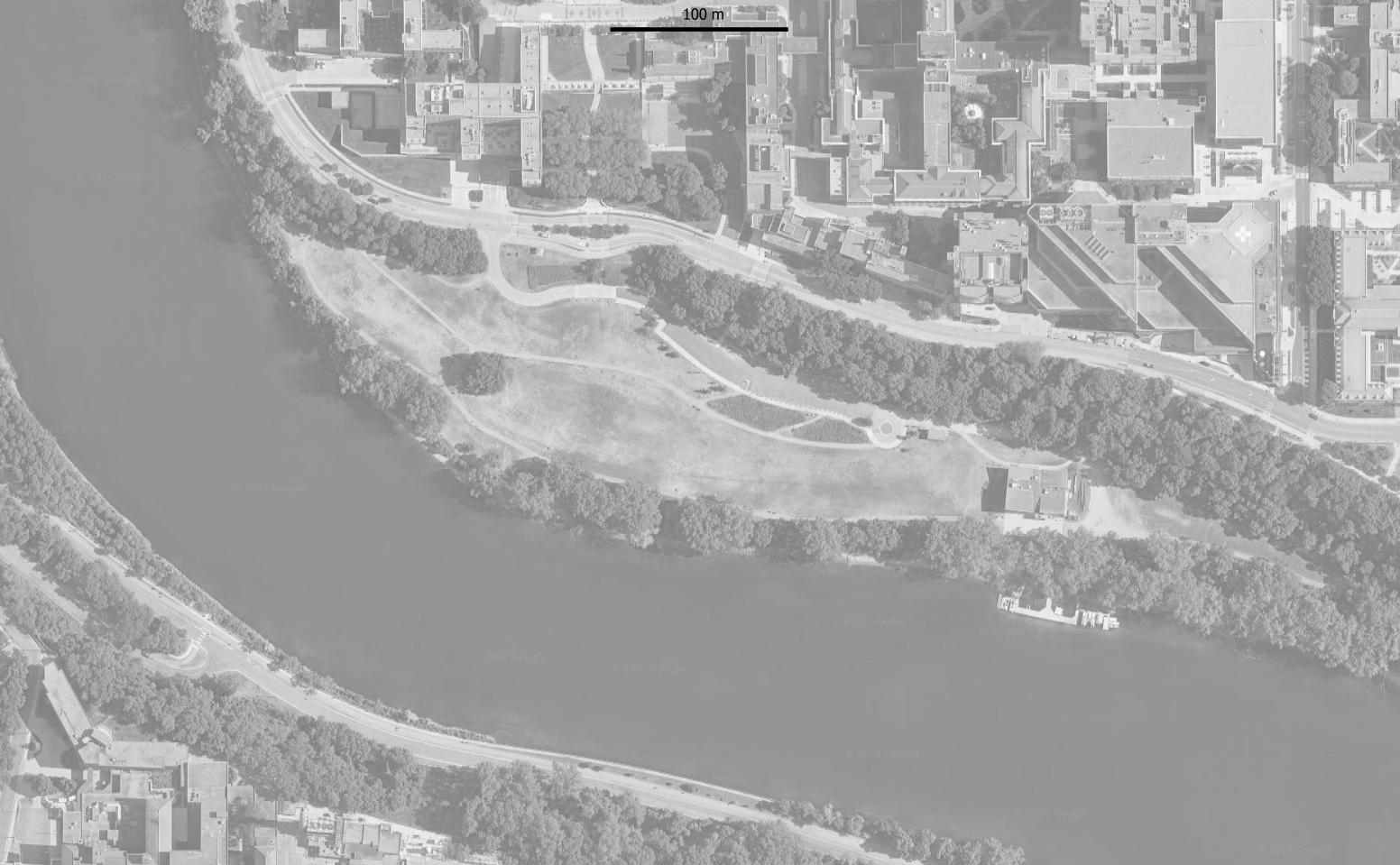
SITE HISTORY : Prior to colonial settlement, this site was part of traditional homelands of the Dakota. Historically, habitat was a In 1884 the site was acquired by the Minneapolis Park and Recreation Board, with the hopes of making a park that spanned both banks of the river. Since its creation, the park has seen many iterations, including proposed baseball fields, parking space for the University of Minnesota, concert venue, and showboat access.
ECOLOGICAL SIGNIFICANCE : Currently, there are no areas of MBS Biodiversity Significance or DNR Native Plant Communities on the site. The site is a part of two different Audobon Minnesota Important Bird Areas, due to the proximity to the Mississippi River.
WILDLIFE OPPORTUNITIES : The site has high potential for the Rusty Patch Bumble Bee.
Throughout this course we completed a site assessment process and applied ecological restoration techniques to the East River Flats park in Minneapolis. This restoration plan aimed to address the riverbank, which is currently dominated by invasive buckthorn and burdock through invasive removal and prevention, as well as convert the large, underutilized turf area into native prairie.
Upland strategy:
-Turf removal overspray
-Prescribed burn of turf grass debris
-tilling
-seeding with dry mix with some more mesic plants
-continual management
Riverbank strategy:

-Cut woody invasives and stump treat
-Use buckthorn resistant seed mix
-supplement seed mix with forbs and sedges following establishment
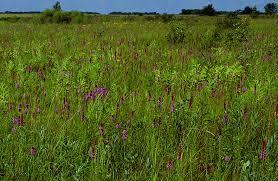
-Blanket ravines experiencing dramaticerosion
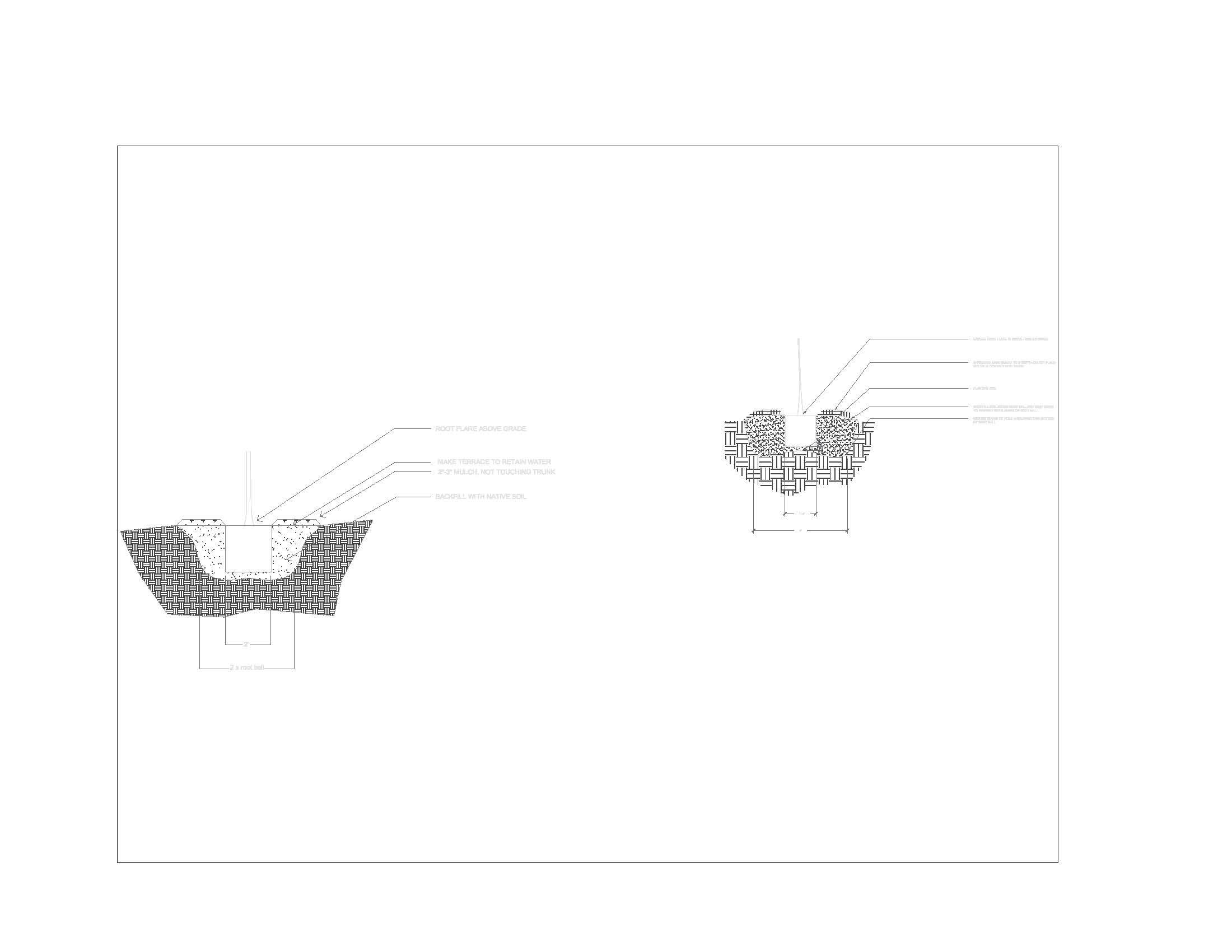
-Plant climate resilient trees in spaces left sparse following buckthorn removal
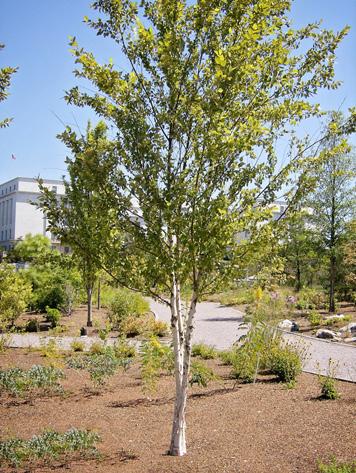
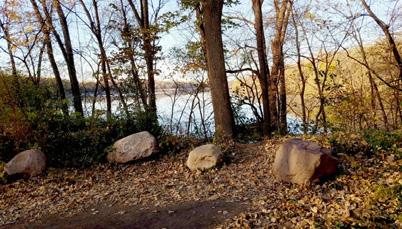
-Continual management
Seed mixes used
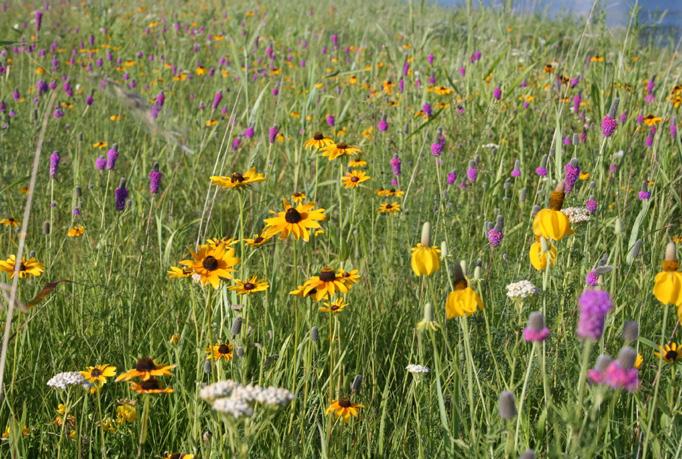
Trees installed
American basswood
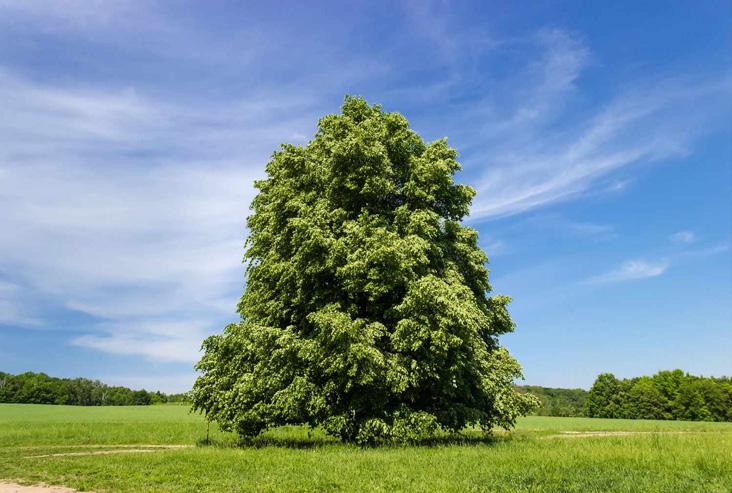
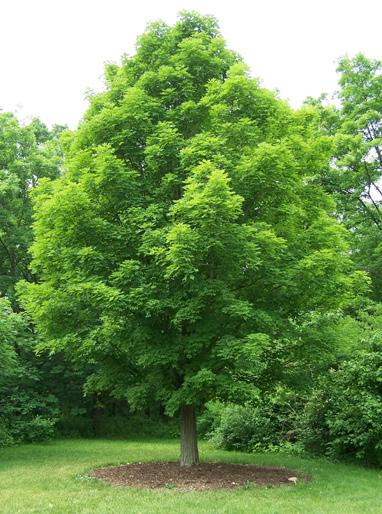
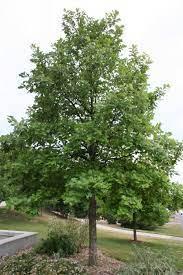
Restoration schedule
Year 1
Buckthorn cutting and stump treatment.
Year 2
Year 3
Harrow and Broadcast seed
Buckthorn follow up
Buckthorn spot treatment
Mow to 6 inches and handweed
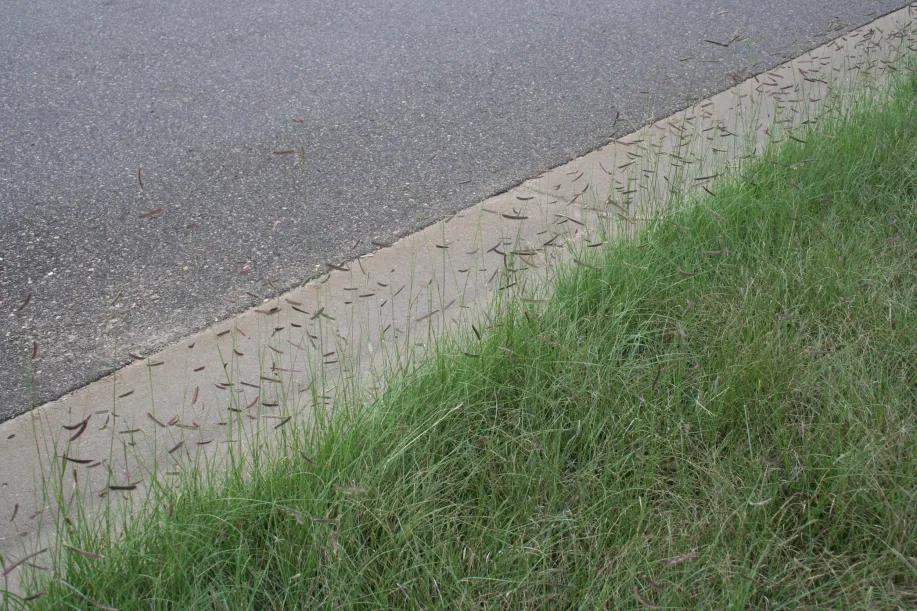
Mow and spot spray prairie Manage buckthorn
Mow and spot spray prairie Manage buckthorn
tree install + watering throughout the season Ongoing: Burn every 3-4 years,
mow
MNL Buckthorn Replacement Mix: MNL Upland Dry Prairie Mix: